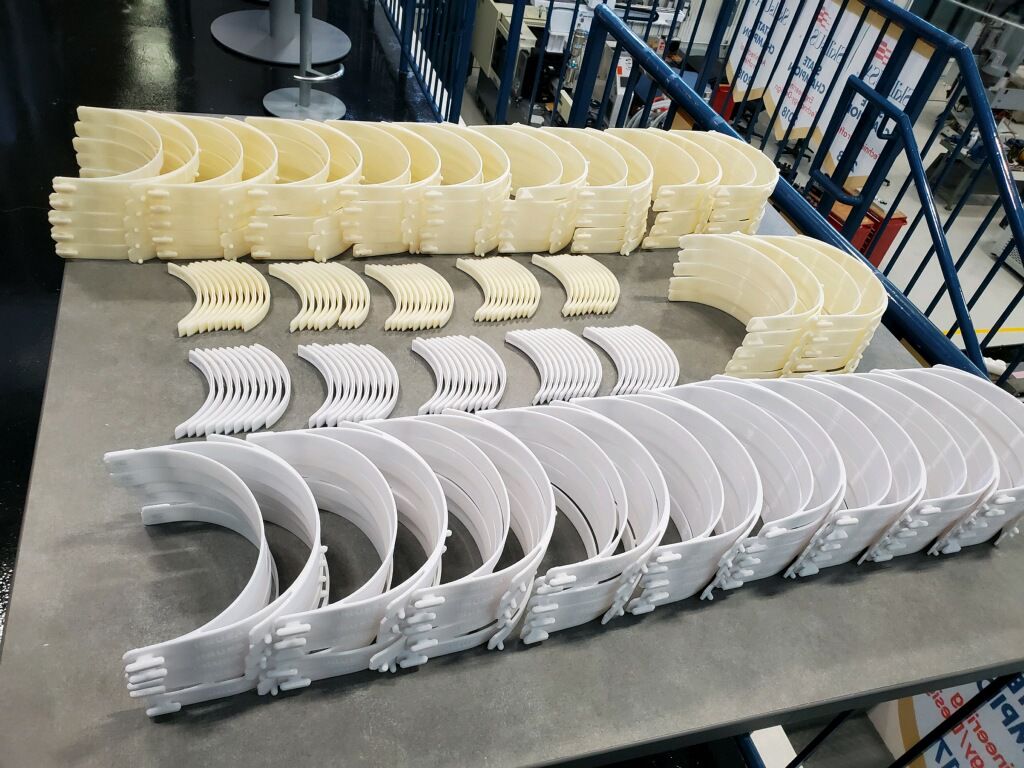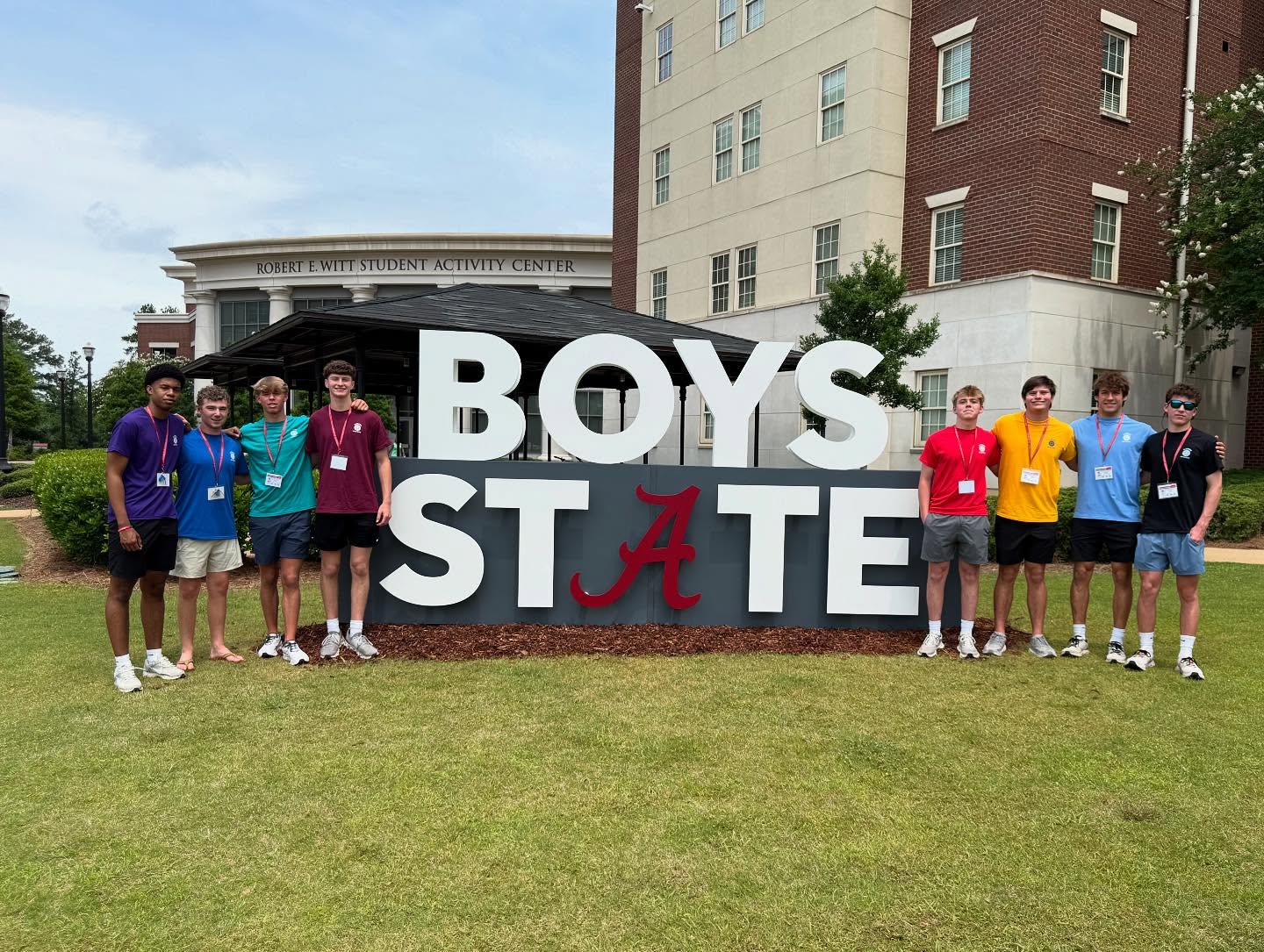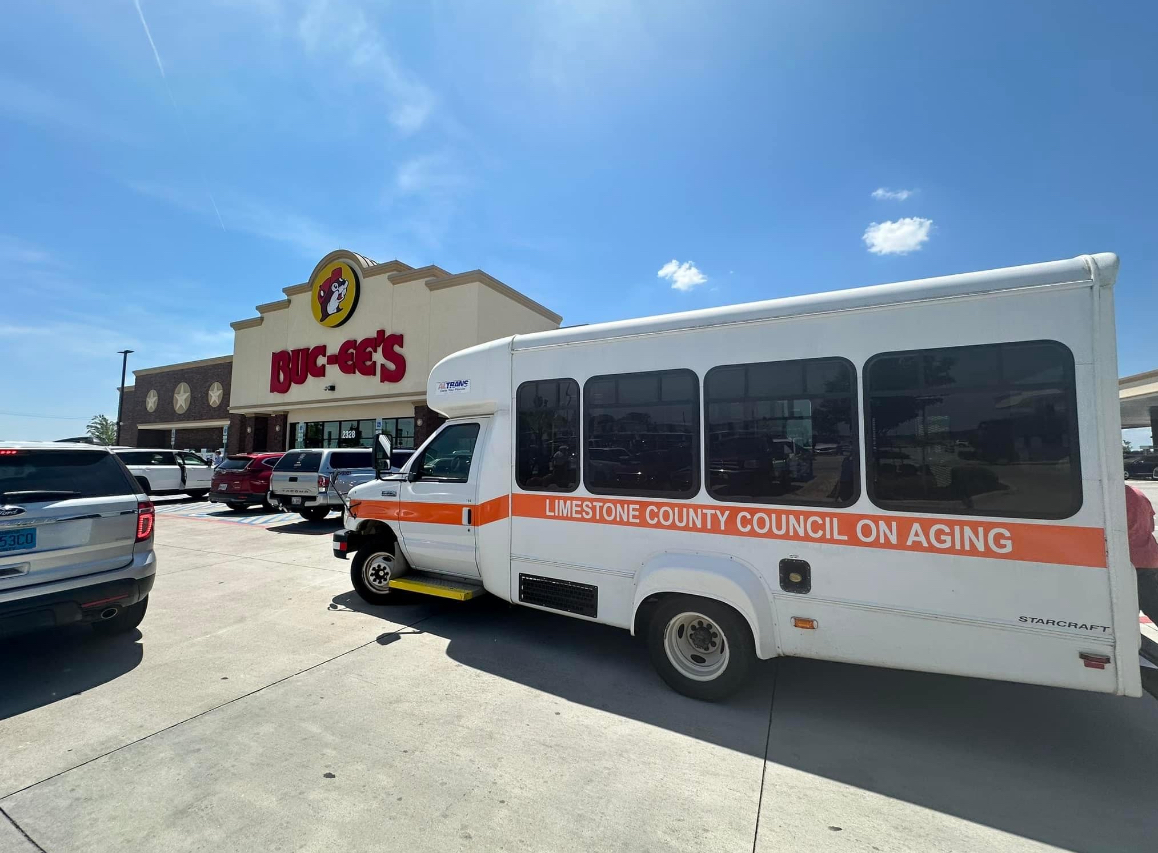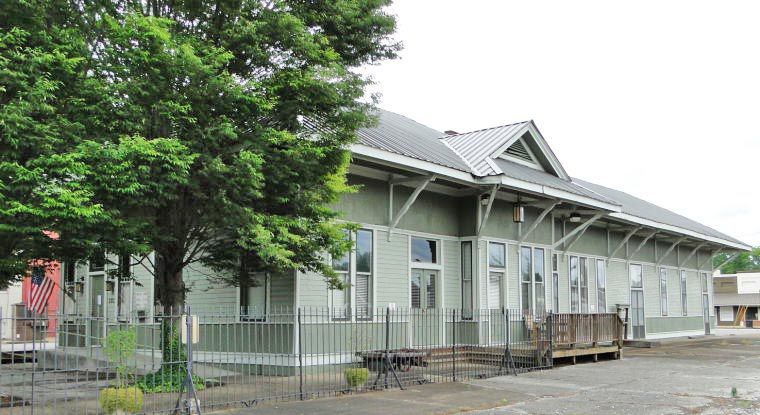PRINTING WITH A PURPOSE: Limestone man helps keep medical personnel safe amid COVID-19
Published 7:00 am Tuesday, April 21, 2020

- Tye Watson, laboratory assistant at Calhoun Community College, displays some of the frames he has made with a 3D printer. They will be used to make face shields for emergency medical personnel at hospitals and elsewhere to help keep them safe from COVID-19.
A Limestone County man has been using his experience and a 3D printer to try to keep Tennessee Valley medical personnel safer during the novel coronavirus epidemic.
Tye Watson, lab assistant at Calhoun Community College, has joined hundreds of other people across the Valley in using 3D printers to make thousands of headbands, or frames, needed to make face shields for doctors, nurses and other medical personnel exposed to COVID-19.
During April, Watson made more than 150 of the frames using the 3D printer at Calhoun. It meant some 10-hour days, “but it was for a great cause,” he said.
For those unfamiliar, a 3D printer is a machine that allows the user to create a physical object from a three-dimensional digital model, usually by laying down many thin layers of material in succession. Watson compares it to building an object using a hot glue gun. The printer lays down line after line of liquid material that dries to form a solid object.
You might not expect a 71-year-old to be at the forefront of such new technology, but Watson spent years designing parts for the Chrysler plant in Madison County before he retired. He started teaching at night at Calhoun while still designing for Chrysler. When he started getting a lot of overtime at work, he had to drop his teaching duties.
After Chrysler shut its doors in 2009, Watson had the option of retiring or taking a job with the company in Detroit. Because his 96-year-old mother was still living in Huntsville, it was an easy decision to make — he retired.
“I set out for a year and got bored sitting around,” Watson said. “I went to Calhoun to take some classes. They asked me if I wanted a job, so I took it.”
He’s working harder now than he did at Chrysler, he said.
Advent of 3D
When 3D printers came on the scene, they seemed miraculous to most.
“We talked about getting a printer, and I was all for it,” Watson said.
Calhoun obtained its first 3D printer in 2011. Watson said he had a working knowledge of the tech from his days at Chrysler.
“At Chrysler, we had a large unit, one of the first ever made,” said Watson, who quickly realized 3D printing was going to be the future in manufacturing and other fields.
“We could do in days or weeks what it had taken months to do before,” he said.
With 3D printing, one can rapidly create a prototype part, alter the part, create spare parts, personalize a part or manufacture a part with minimum time and waste.
Medical need
When COVID-19 struck, no one was really thinking about how 3D printing could help.
In early April, Nina Bullock, lead faculty over the additive manufacturing and engineering and architectural design technology program at Calhoun, received an email from a colleague about an online group called huntsvillefightingcovid.com. They needed help. During the first week in April, some 287 people and companies had already cranked out 3,850 frames in just a few days, Bullock said, but requests were flooding in from local communities and thousands more were needed.
The landslide of people willing to help make life safer for doctors nurses and other emergency medical personnel was very moving, she said. Bullock talked to Watson to see what Calhoun could do, and he got to work.
He started out making five frames in 6 hours, 23 minutes, but eventually found he could make 15 in 23 hours, 34 minutes, Watson said. That worked best for his schedule, because he could start the frame-making process, come back the next day, separate and clean the parts and begin the process all over again, he said.
The shields for the frames are made from the thin, clear plastic material once used with overhead projectors.
Good idea gets better
After a few weeks, Watson and all of the other makers produced enough frames to meet the immediate need of face shields. Discussion about all of that 3D printing led to an even better way to produce the frames by injecting heated rubber or plastic material into a mold.
Now, volunteers are needed to commit four-hour shifts of general work to oversee the injection molding. In addition, donations are needed to help pay for the materials needed to make the frames. Anyone who can volunteer or donate is asked to go online to huntsvillefightingcovid.com and click the corresponding box.
Also available on the website is the manufacturing data needed to produce the frames, free for use by anyone with a 3D printer and the desire to help.
Glad to help
Bullock is happy Calhoun could help with the project.
“When we started additive manufacturing, I never thought I’d be in a position to save lives,” she said. “But it is amazing how God can get you in the right place when you need to be there. It’s wonderful that we can be a part of helping Huntsville (and other cities) help the doctors and nurses and the medical field.”
Watson downplayed his part in the process but said he was happy he could help.
“I just did a small part, but I guess every little bit counts,” he said. “Maybe, when it’s over, I can look back and say I helped out.”





